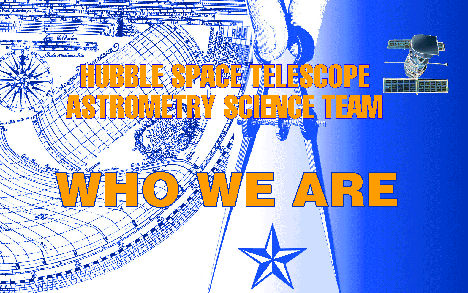

As a result, this version of PS1 is a more useful astrometric reference catalog in fields where there are few Gaia stars. DCR corrections reduce systematic astrometric errors to less than 1 mas for objects with PS1 colors in the range 0 < g-i < 4.5 mag (Fig. But the improvement is dramatic for objects with unusual colors observed away from the zenith (Fig. Averaged across the entire catalog, the astrometric improvement is relatively modest (about 8%). 1b).Īfter the correction procedure from Paper 1, the remaining positional residuals generally vary with color and declination in a way consistent with the effects of atmospheric differential chromatic refraction (DCR). Paper 2 improved the algorithm by utilizing Gaia EDR3 and correcting for the effects of DCR in declination. Systematic errors are improved by even larger factors since the remaining residuals are dominated by random measurement errors (Fig.

This reduces PS1/Gaia residuals by 33% in position (median value of 13.5 mas reduced to 9.0 mas) and by 24% in proper motion (median value of 6.3 mas/yr reduced to 4.8 mas/yr). In Paper 1 we developed a spatially adaptive correction algorithm using nearby PS1 objects that are also in the Gaia catalog. The updated astrometric information has been incorporated into the PS1 database.Ī cross-match between Gaia and the original PS1 reveals residuals that are correlated on a scale of about 1 arcmin (Fig. These algorithms have been applied to the PS1 catalog at MAST to calculate improved positions and new proper motions for 1.7 billion objects having at least 3 detections in PS1 single-epoch images. Two recent papers by Lubow, White & Shiao (2021, Paper 1) and White, Lubow & Shiao (2022, Paper 2) have described algorithms for improving the Pan-STARRS1 (PS1) astrometry using Gaia EDR3 to remove local coordinate distortions and color-dependent effects due to differential chromatic refraction (DCR).


 0 kommentar(er)
0 kommentar(er)
